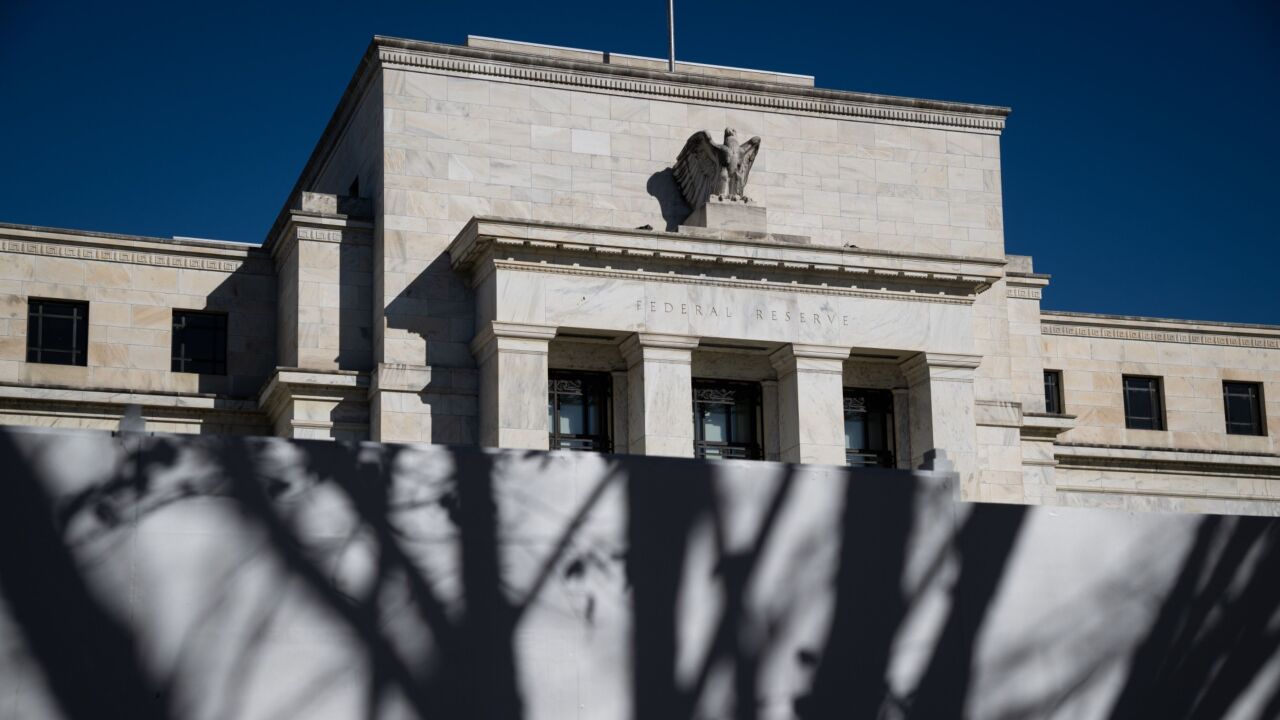IHL, which tracks retail payment trends, has slammed EMV in a recent report, calling it "a colossal waste of time, effort and capital to the retail industry."
The secure card technology, which is meant to thwart counterfeiting at the point of sale, does not provide a similar boost to security in other channels such as e-commerce and mobile. It's widely expected that fraudsters will shift their attention to the Web rather than give up their efforts entirely.
Because of this, IHL argues that retailers' effort and costs associated with EMV will eclipse any overall decline in fraud they see.
"We're trying to solve a problem from 1999, people with fraudulent cards," IHL President Greg Buzek said in an interview. "EMV is a penalty on every retailer regardless of what they sell. And it's a huge penalty."
A typical $1 billion retailer who has 65% in credit/debit sales sees $975,000 of card fraud today,
IHL also looked at the raw numbers and found an even worse return on investment for retailers. It included widely-accepted predictions that U.S. retailers this year suffer about $10 billion in fraud from about $5.5 trillion in card spending. That contrasts with what IHL projected to be an EMV cost of more than $35 billion. "So, as an industry, retail is spending $35 billion to protect $10 billion," the report said.
In Europe, which adopted EMV years ahead of the U.S., overall fraud actually increased, as the spike in e-commerce fraud was higher than the reductions in in-store fraud, Buzek said. EMV transactions also add a delay of 1.3 to 1.8 seconds per transaction, eroding the customer experience and extending the interaction with the cashier, he said.
The delay is not limited to processing time, though. The shopper "has to wait for everything to be done before she can take her card back and be done. That's between five to eight seconds of additional transaction time," Buzek said.
The report concludes that the card networks and issuers benefit far more than retailers do from the EMV transition.
Randy Vanderhoof, executive director of the Smart Card Alliance, said the report overlooks key long-term retail advantages.
"Nobody takes the $35 billion cost figure for merchants seriously, but the cost for the U.S. retail industry will be high. But there is a great deal of long-term value that will be gained by upgrading the payments infrastructure," Vanderhoof said in an e-mail interview. "EMV is a one-time investment, but the reduction in fraud and lower impact from data breaches and benefits from mobile and tokenization will bring returns year after year."
Mobile and tokenization can be implemented without accepting plastic EMV cards, and the IHL report recommends retailers consider this option.
Vanderhoof disagrees with that advice. "You have to fix the gaping hole in the payments system (counterfeit card fraud) before you can plug smaller holes in the online world," he said.





